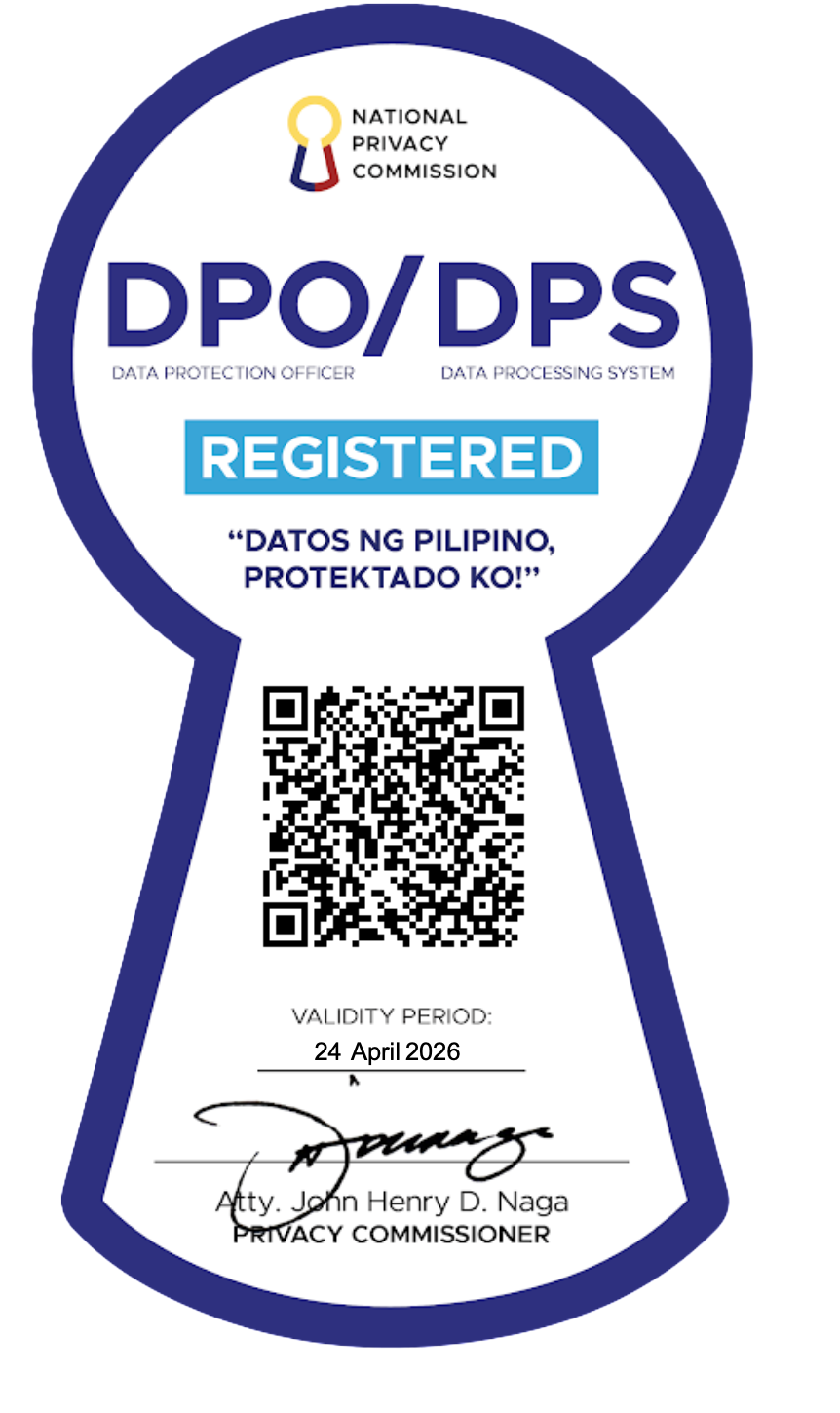How can understanding workplace culture make collaboration smoother?
Australia and the Philippines may have a strong business connection, yet their workplace cultures each reflect their own unique history and values. These differences aren’t obstacles. In fact, it can become strengths that enrich collaboration and drive success when handled with openness.
Let’s look at the top 5 most common cultural differences between Australian and Filipino workers. We will also discuss how teams can bridge them through trust and communication.
Key Takeaways
- Cultural differences between Aussie and Filipino workers are natural and valuable.
- Understanding work ethic, communication, hierarchy, and time perspectives builds trust.
- Blending mateship and malasakit creates workplaces rooted in care and collaboration.
- Open and transparent communication bridges cultural gaps and strengthens teamwork.
- Practical actions like regular check-ins and cultural learning promote harmony and success.
1. Work Ethic: A Balance of Efficiency and Dedication
Australians, also known as Aussies, are recognized for valuing a work-life balance and achieving results-driven efficiency. They focus on completing the job well within the expected timeframe, and they often measure success by output rather than the hours spent at work.
In fact, nearly 9 out of 10 Australian professionals said that an outcome-focused environment delivers the best results for businesses based on the Evolution of Leadership Report 2022.
Filipino professionals, on the other hand, often demonstrate a deep sense of commitment and dedication. They take pride in going the extra mile and value perseverance and service. It’s not uncommon to see Filipinos willing to extend their hours or take on additional responsibilities to help their team succeed.
However, neither of their styles is better. In fact, when these mindsets blend, teams gain both structure and heart. The Aussies bring clarity and pace, while Filipinos add depth and diligence. Together, they form a strong foundation for consistent, meaningful performance.
2. Communication Styles: Direct Meets Indirect
Aside from work ethics, communication is one of the most visible cultural differences between Aussie and Filipino professionals. Most of the time, Australians are straightforward. They value directness and appreciate when feedback is clear and honest. This openness supports efficiency and minimizes misunderstandings.
On the other hand, Filipinos tend to communicate with more nuance. Usually, their tone may be indirect as they value harmony, aiming to preserve good relationships.
When these two styles meet, both sides may need to adjust. Australians can learn to read between the lines and pay attention to tone and context. Filipinos, on the other hand, will also need to learn to be more assertive in expressing their opinions and feedback, especially in a global workspace.
By meeting in the middle, both teams create an environment where messages are heard as intended and feedback flows freely. The result is a culture of communication that is clear, respectful, and empathetic — a balance that strengthens trust and teamwork.
3. Hierarchy and Respect: Knowing When to Speak Up

Another cultural difference is their workplaces. Australians often have flatter structures. Titles matter less than contributions, and team members at every level are encouraged to share opinions. This approach fosters innovation and agility.
Filipino teams, by contrast, often value hierarchy and deference. Respecting authority is deeply rooted in local culture, influenced by tradition and family values.
Younger or junior employees may hesitate to question or contradict senior team members.
When these two worlds meet, the difference in hierarchy and communication can sometimes create hesitation. Filipino team members may hold back ideas out of courtesy and deference to seniority, while Australians may expect everyone to speak up equally.
To bridge this, leaders can first set the tone by inviting input during discussions and reassuring team members that differing opinions are welcome. Regular check-ins, anonymous feedback tools, or team-sharing sessions can also help build confidence.
As this culture of openness grows, Filipino professionals become more comfortable voicing insights, and Australian colleagues learn to listen with patience and curiosity. Over time, mutual trust turns into collaboration where every voice is heard and respected.
4. Time and Deadlines: Structured Meets Adaptive
Australians are known for their punctuality and clear approach to scheduling. Meetings begin on time, and deadlines are treated as firm commitments. This structure supports accountability, focus, and a strong sense of professional discipline.
Filipinos, while equally hardworking and dependable, tend to approach time with adaptability.
They understand that priorities can change and are quick to adjust based on what the client or team needs most. This flexibility allows them to respond effectively to evolving goals, often moving non-urgent tasks to focus on what delivers the most impact.
When these two perspectives meet, the balance can be powerful. Australians bring precision and structure, while Filipinos contribute agility and responsiveness. With clear communication and mutual respect for working styles, teams can meet deadlines without sacrificing collaboration or quality.
5. Relationships at Work: Mateship and Malasakit
The last but not least cultural difference is their relationship style.
Australians value mateship, a sense of camaraderie, equality, and shared purpose. They often build workplace relationships through humor, open dialogue, and teamwork.

Similarly, Filipinos express their warmth through malasakit. It is a Tagalog term that goes beyond empathy — it reflects genuine care, compassion, and devotion. Malasakit is not limited to helping colleagues but also extends to the company and the work itself.
It embodies a deep sense of responsibility and ownership, where Filipino professionals take pride in contributing their best and supporting the team’s success. This value drives them to go the extra mile, ensuring that their work has a positive impact on others and the organization as a whole.
When mateship and
malasakit
come together, workplaces thrive. There is trust, empathy, and shared commitment. Teams don’t just work side by side. They began to work for each other, creating a culture where collaboration becomes second nature and success is shared by everyone.
Practical Tips to Bridge the Cultural Differences
Understanding cultural differences is only the first step. To truly make collaboration thrive, teams need practical ways to bridge the gap. Here are a few approaches that work well for Aussie-Filipino partnerships:
- Encourage regular check-ins.
Make short and open conversations. Whether weekly or biweekly, because it creates space to clarify expectations, align priorities, and share feedback constructively. - Create clear guidelines.
Documenting processes and responsibilities can help minimize miscommunication and supports both structure and flexibility. - Foster cultural learning.
Offer training or informal sharing sessions about each other’s cultures. Learning the “why” behind behaviors builds understanding and respect. - Promote psychological safety.
Leaders can model openness by inviting feedback and acknowledging diverse perspectives, showing that all voices matter. This will create a psychological safety net for everyone. - Lead with empathy and transparency.
Clear communication, honesty, and patience go a long way. These values help transform cultural gaps into opportunities for growth.
FAQs
List of Services
-
1. Why is understanding cultural differences important in outsourcing?List Item 1
It helps teams avoid misunderstandings, build trust, and improve collaboration. Cultural awareness leads to smoother communication and more effective teamwork.
-
2. How can companies bridge cultural gaps between Australian and Filipino workers?List Item 2
Encourage open communication, provide cross-cultural training, and lead with empathy. Transparency and trust are essential.
-
3. What role does Remotely Philippines play in bridging these differences?List Item 3
Remotely Philippines fosters a culture of accountability, transparency and inclusivity, helping both sides understand each other’s strengths and work harmoniously toward shared goals.
-
4. What’s the biggest challenge when working across cultures?List Item 4
The most common challenge is miscommunication — often caused by differences in tone, timing, or hierarchy. Addressing these early and setting shared expectations helps build alignment and trust.
-
5. How can leaders manage culturally diverse teams more effectively?
Leaders can build inclusive cultures by modeling empathy, encouraging questions, celebrating differences, and providing clarity on roles and goals. When people feel safe and understood, performance improves.
Conclusion: Open Communication is the Key
When Australian and Filipino professionals come together, they create something special. It is a mix of efficiency, warmth, and teamwork that can truly transform results. But like any partnership, it takes understanding, communication, and respect to make it work.
Cultural differences are normal. In fact, they are inevitable in global teams. What matters is how we navigate them, and the most powerful bridge is open communication. Understanding each other’s culture is only the beginning. What sustains harmony is the willingness to talk openly, listen actively, and approach every situation with respect.
When team members are encouraged to speak up, ask questions, and share perspectives, differences become learning opportunities instead of roadblocks. At Remotely Philippines, this belief is built into the way we work. In fact, one of our core values is transparency, which fosters open communication and trust across all teams.
It’s what allows our Australian partners and Filipino professionals to collaborate seamlessly, celebrate their strengths, and move forward together. We believe that when teams communicate with honesty and empathy, culture becomes more than a difference. It becomes a bridge that will fill the gap between Aussies and Filipinos.
Ready to Build a Stronger Cross-Cultural Team?
If you’re working with remote or outsourced teams, understanding and embracing cultural diversity can transform the way you do business. Partner with a team that knows how to bridge the gap.
Work with us and let’s build a workplace where accountability, transparency, inclusivity, collaboration, and care build connections that last.
Sign up for our newsletter
Get regular curated content on management, outsourcing, and everything you need to know to stay ahead of the curve.









